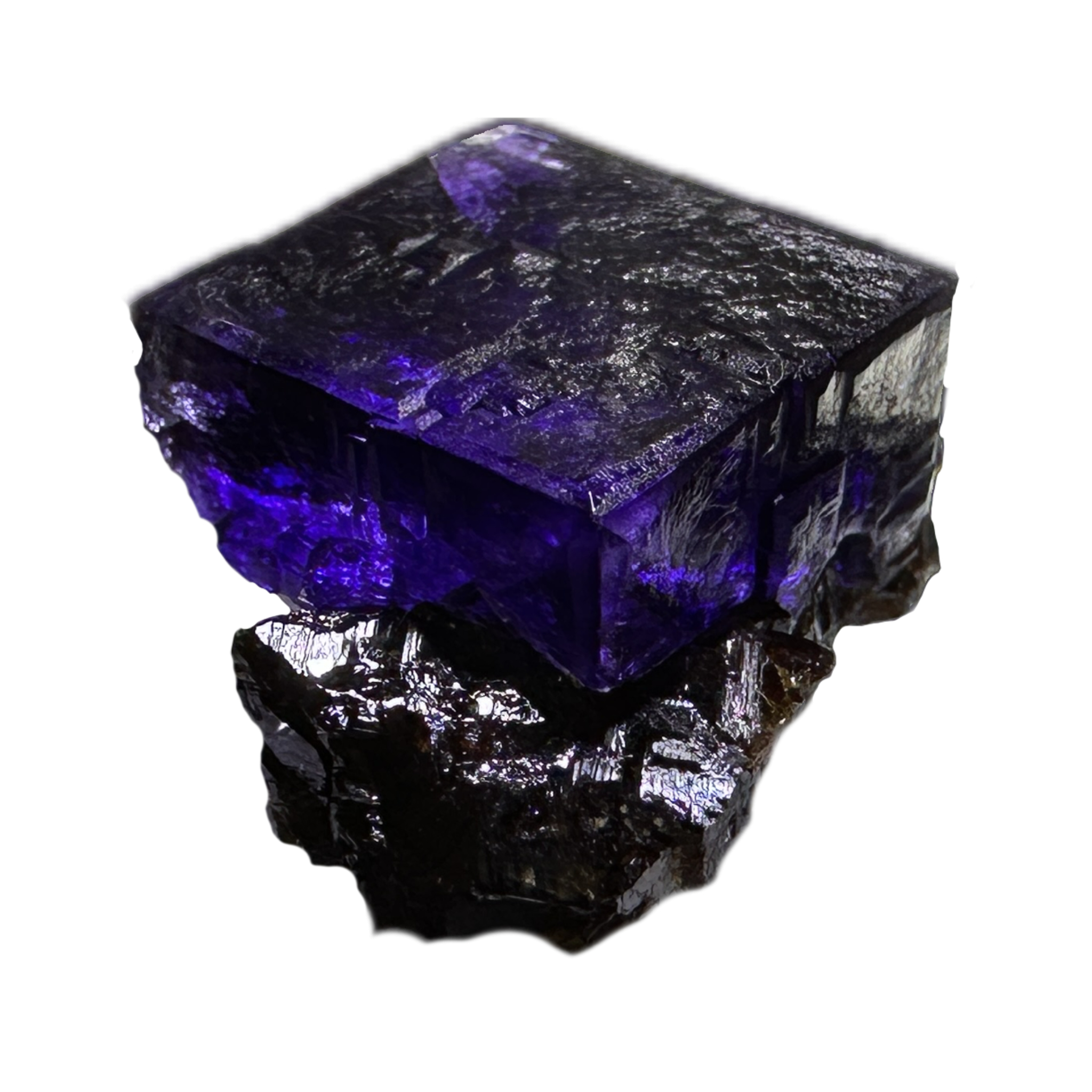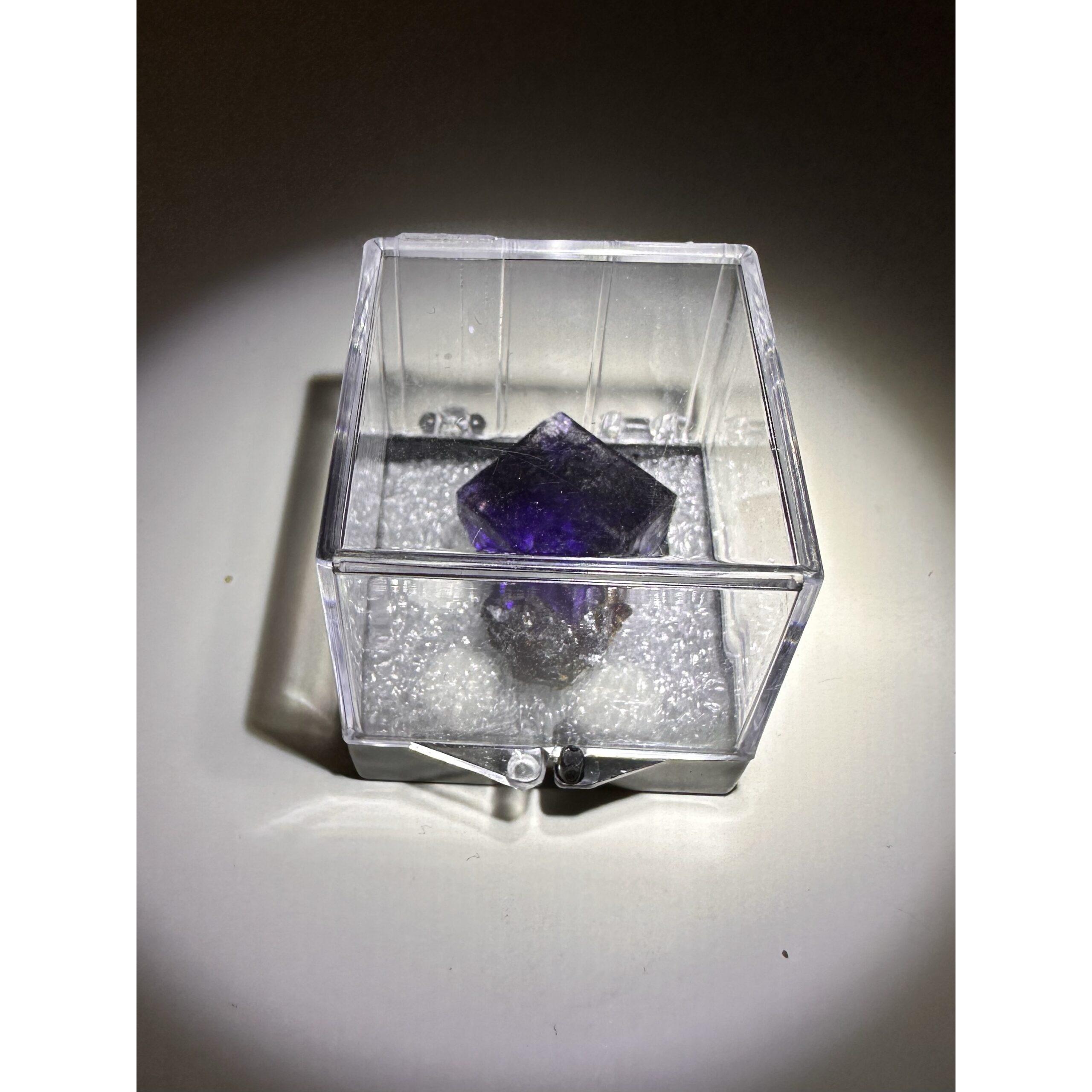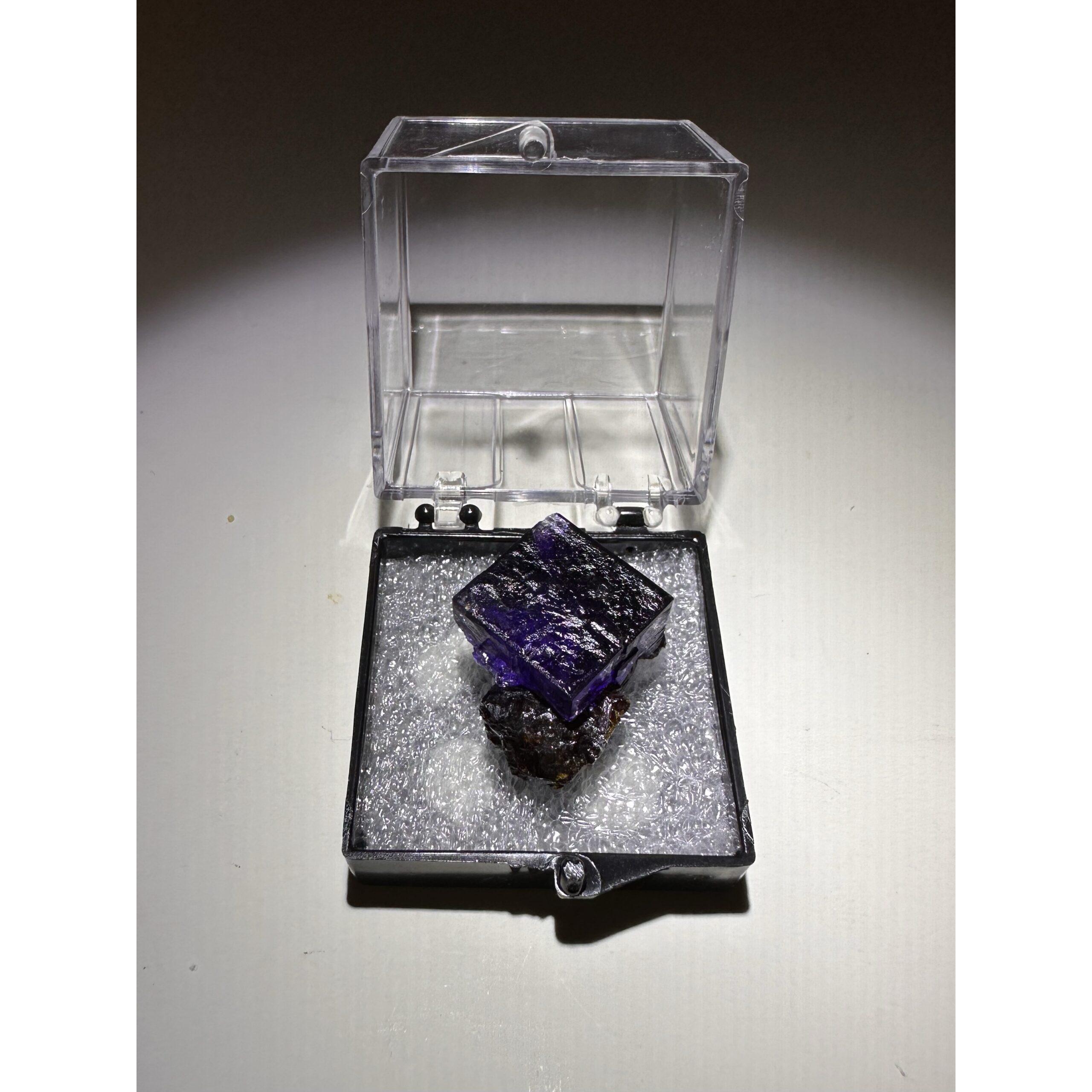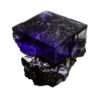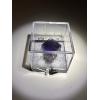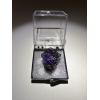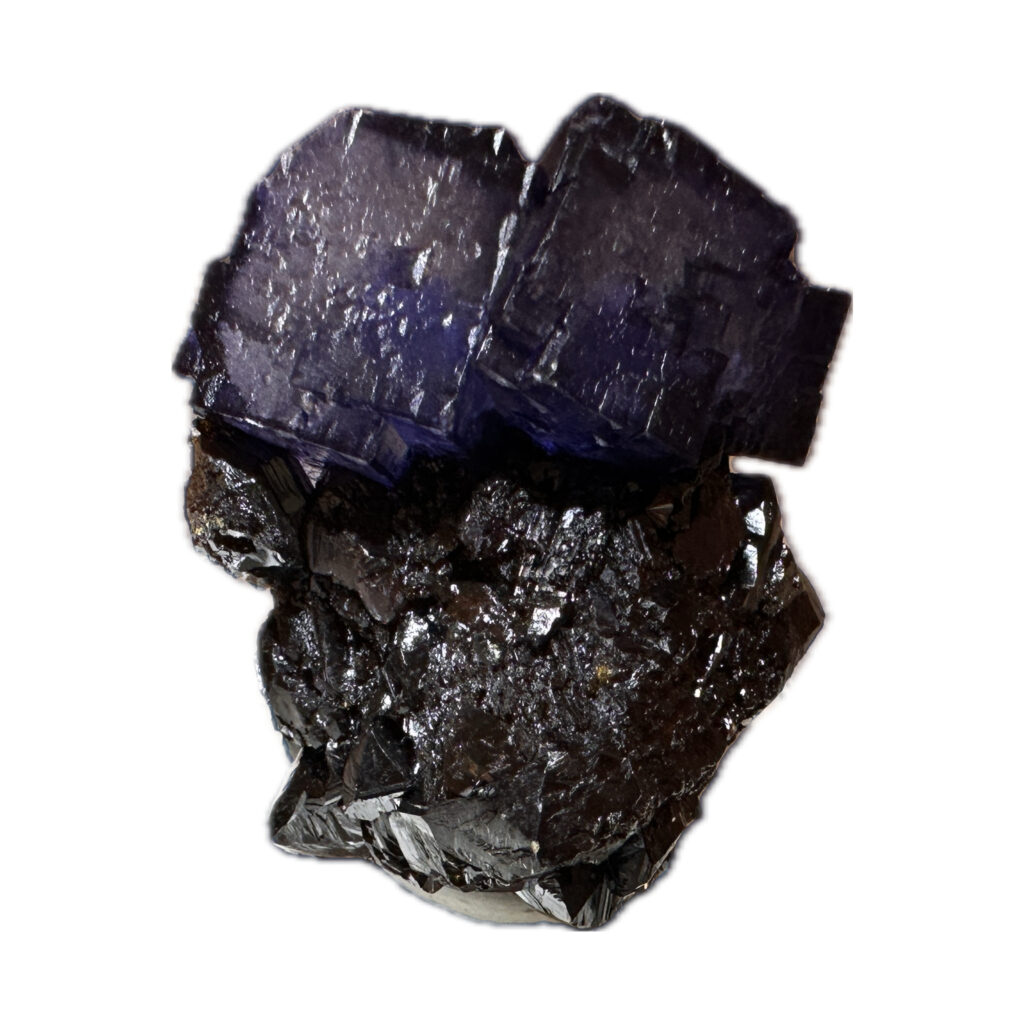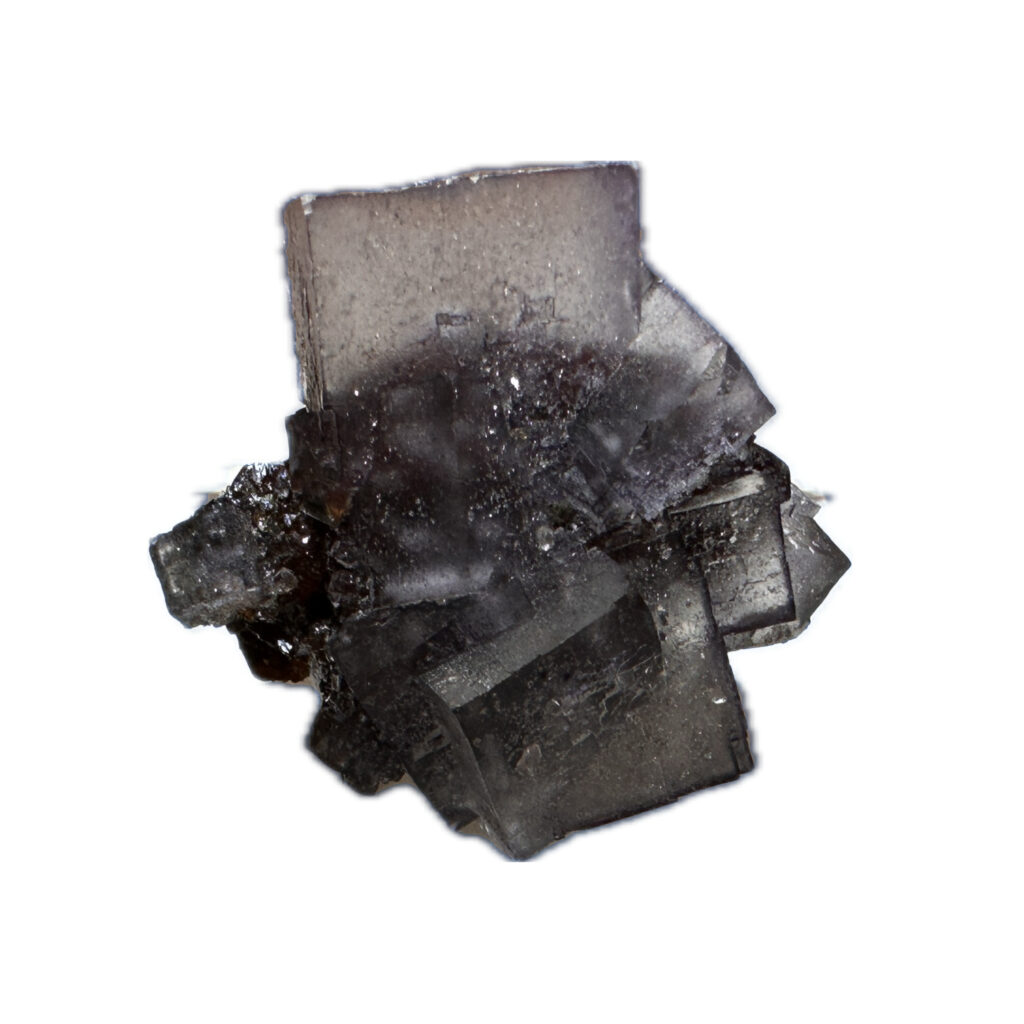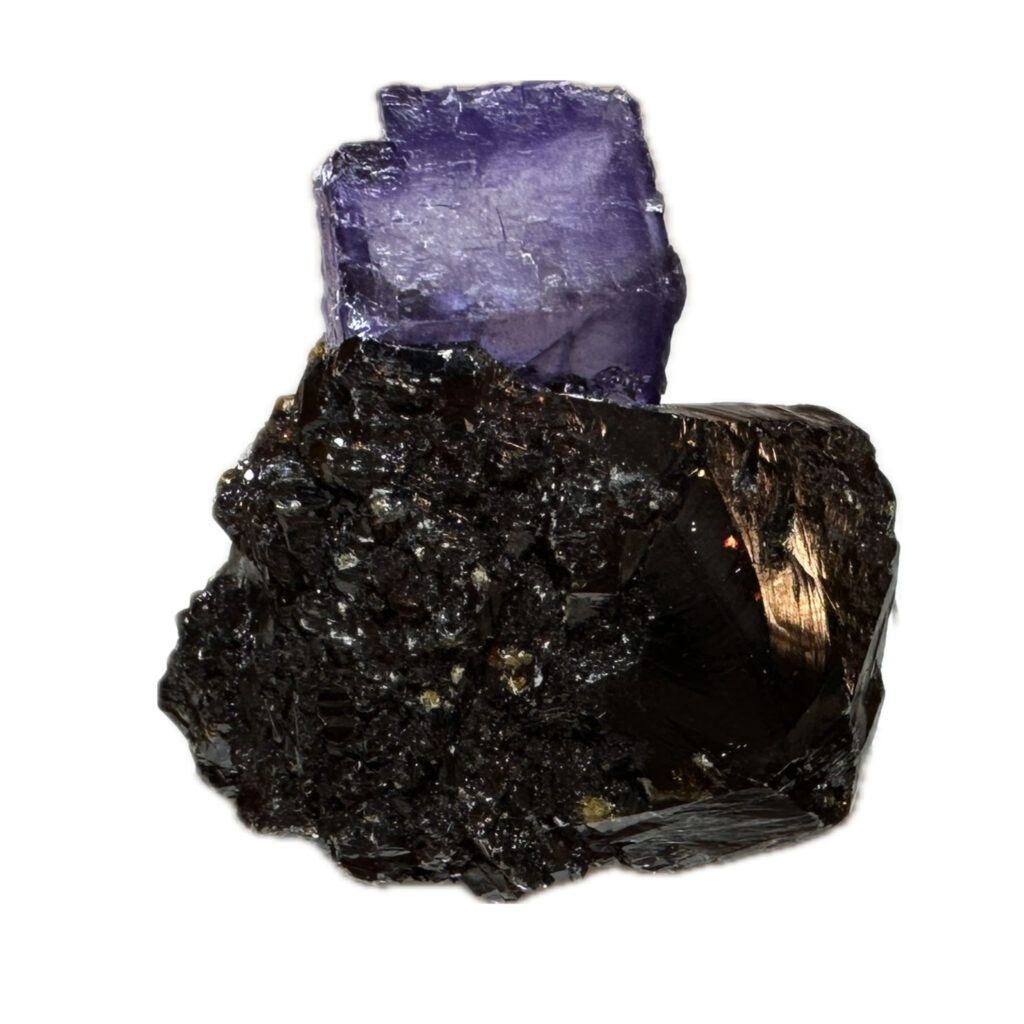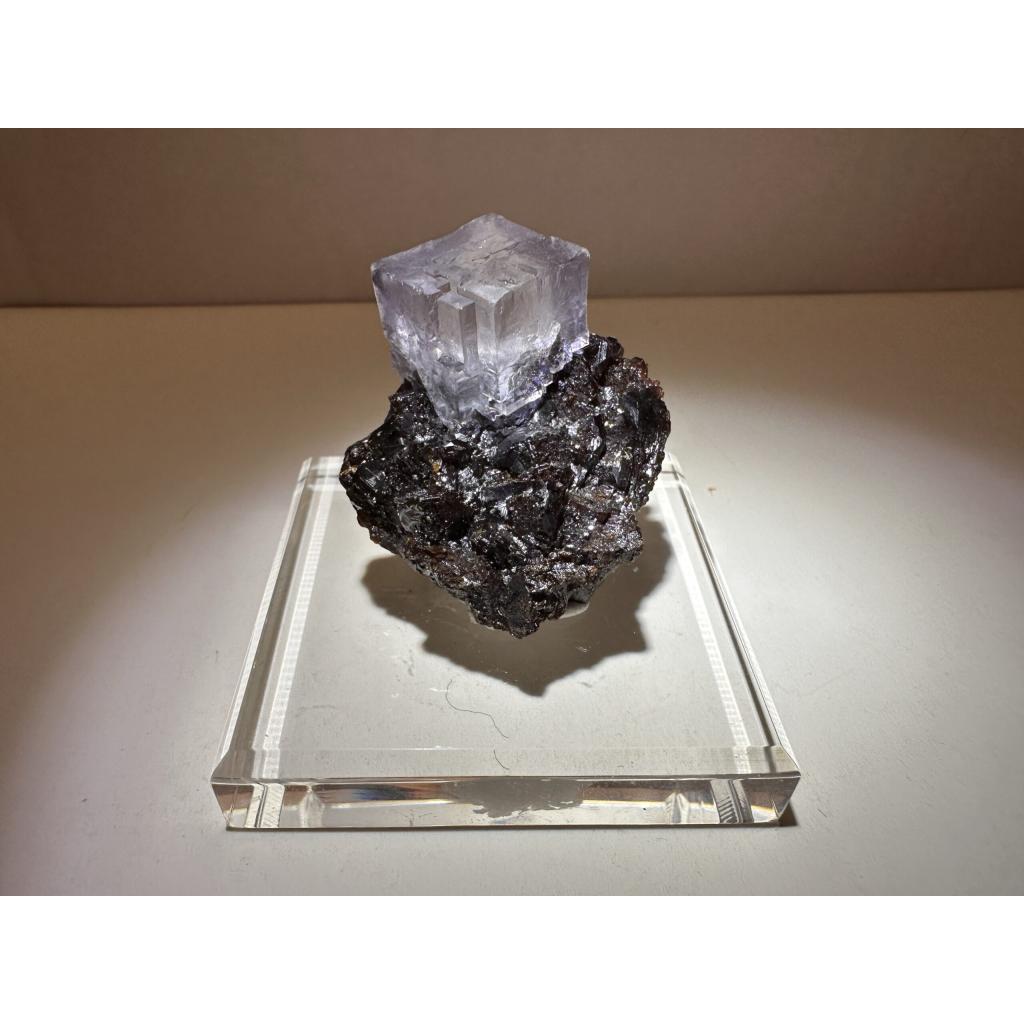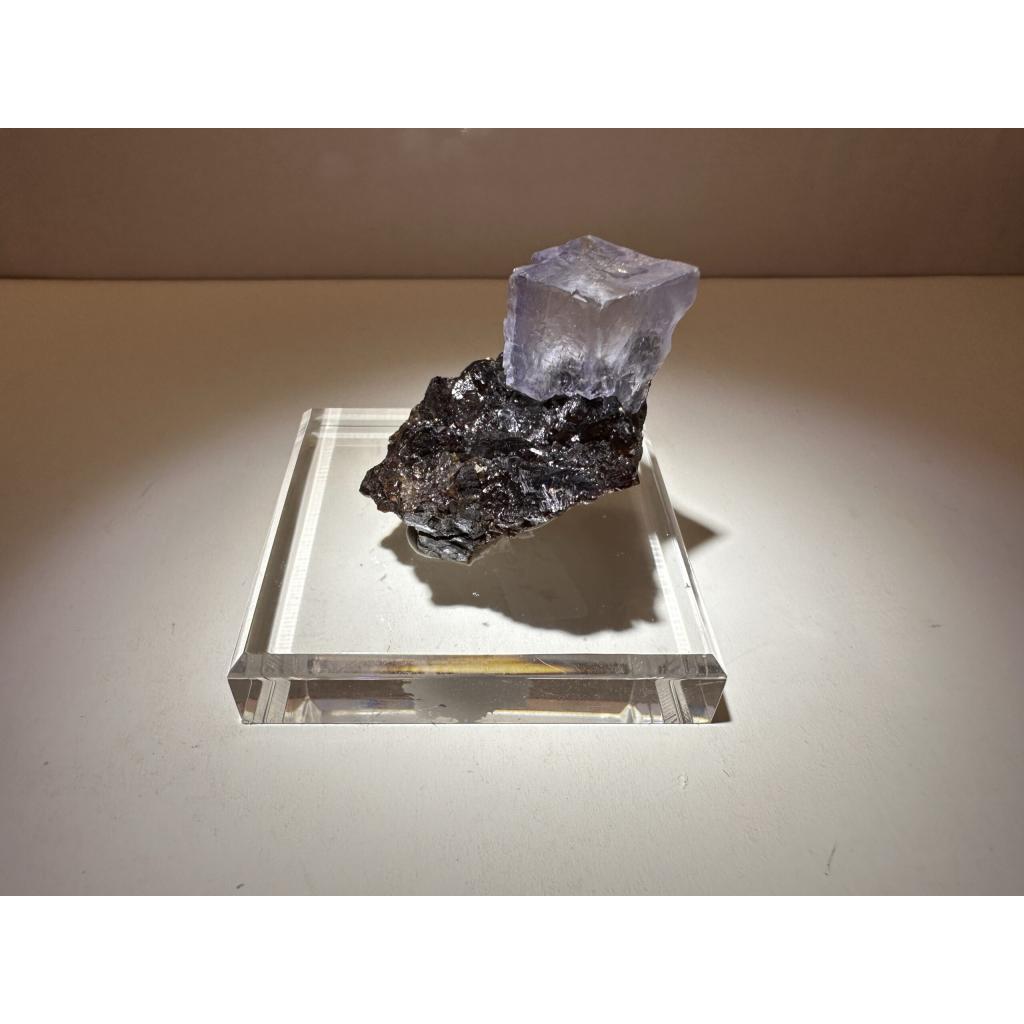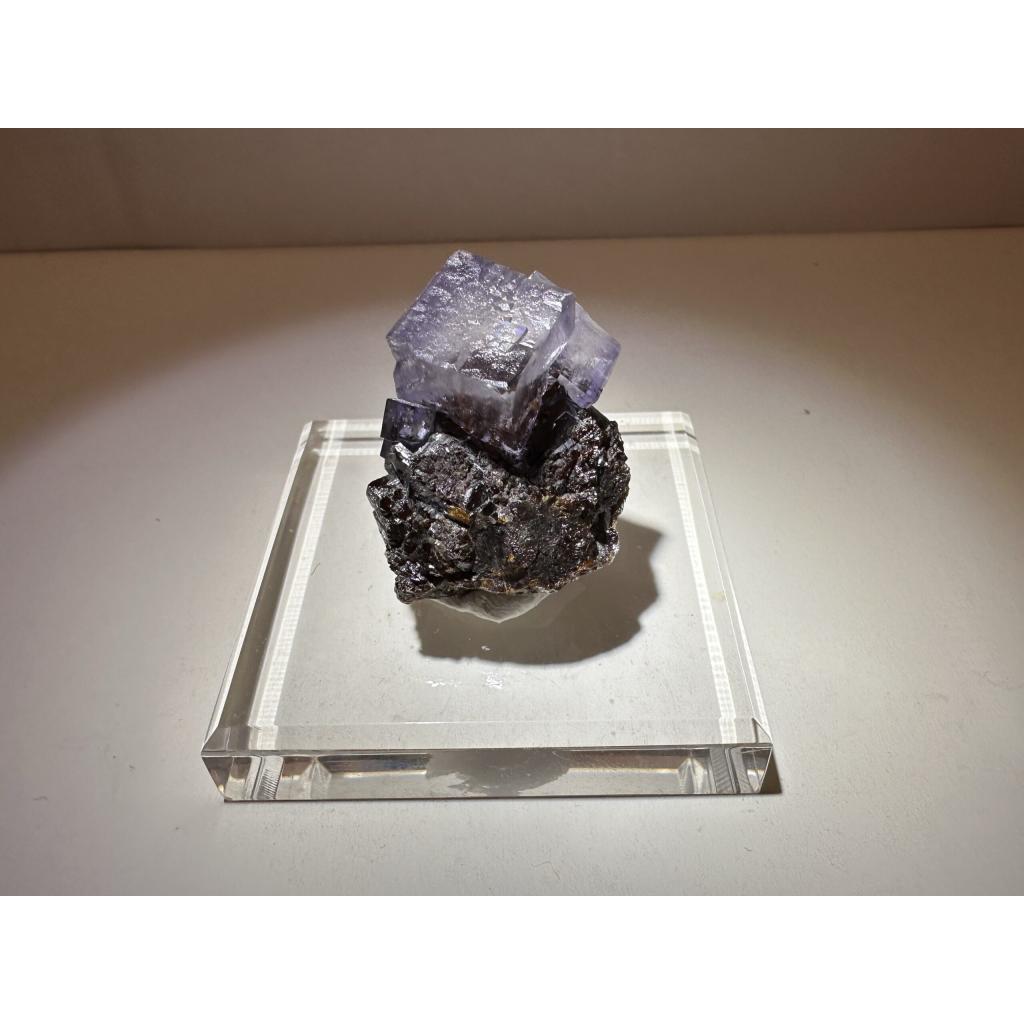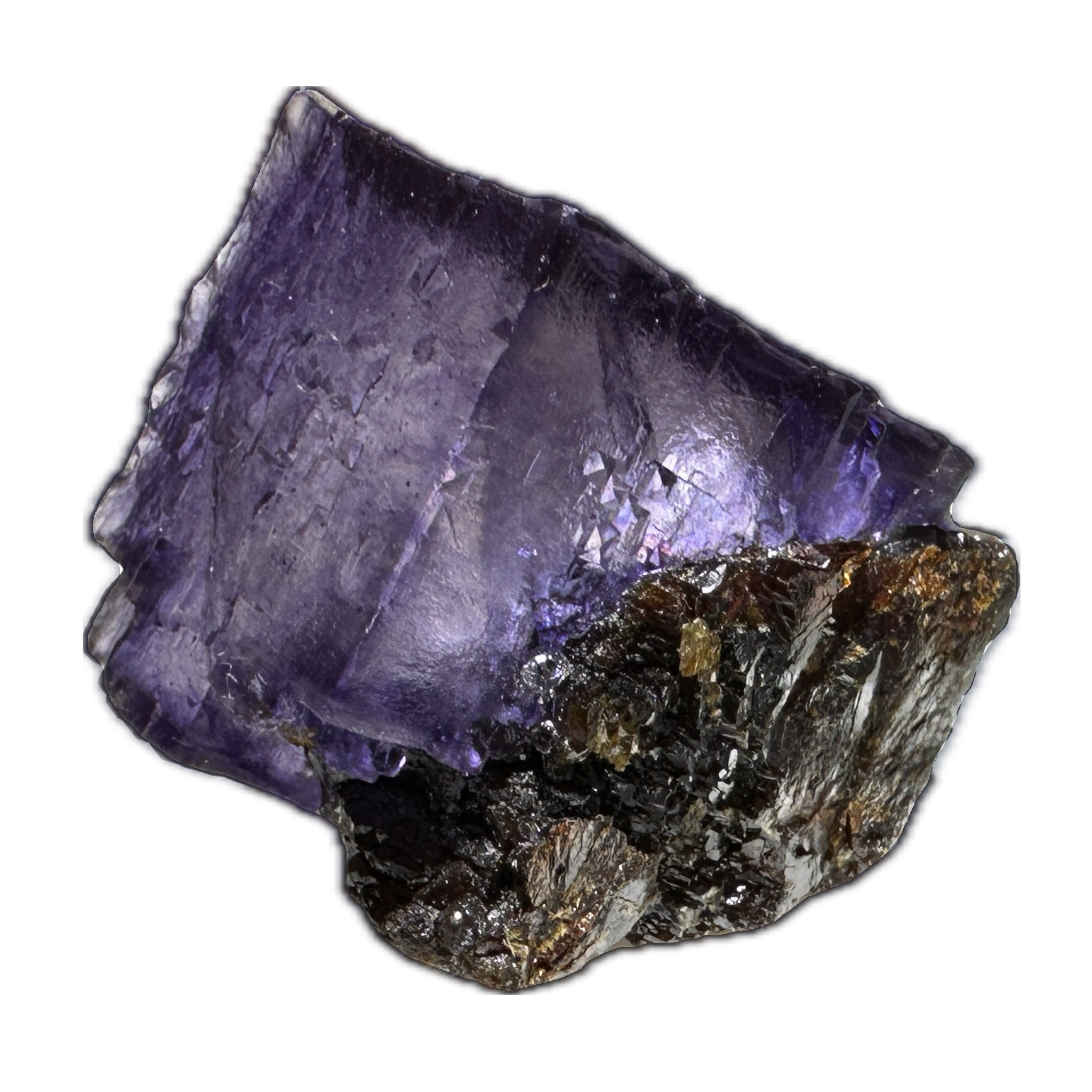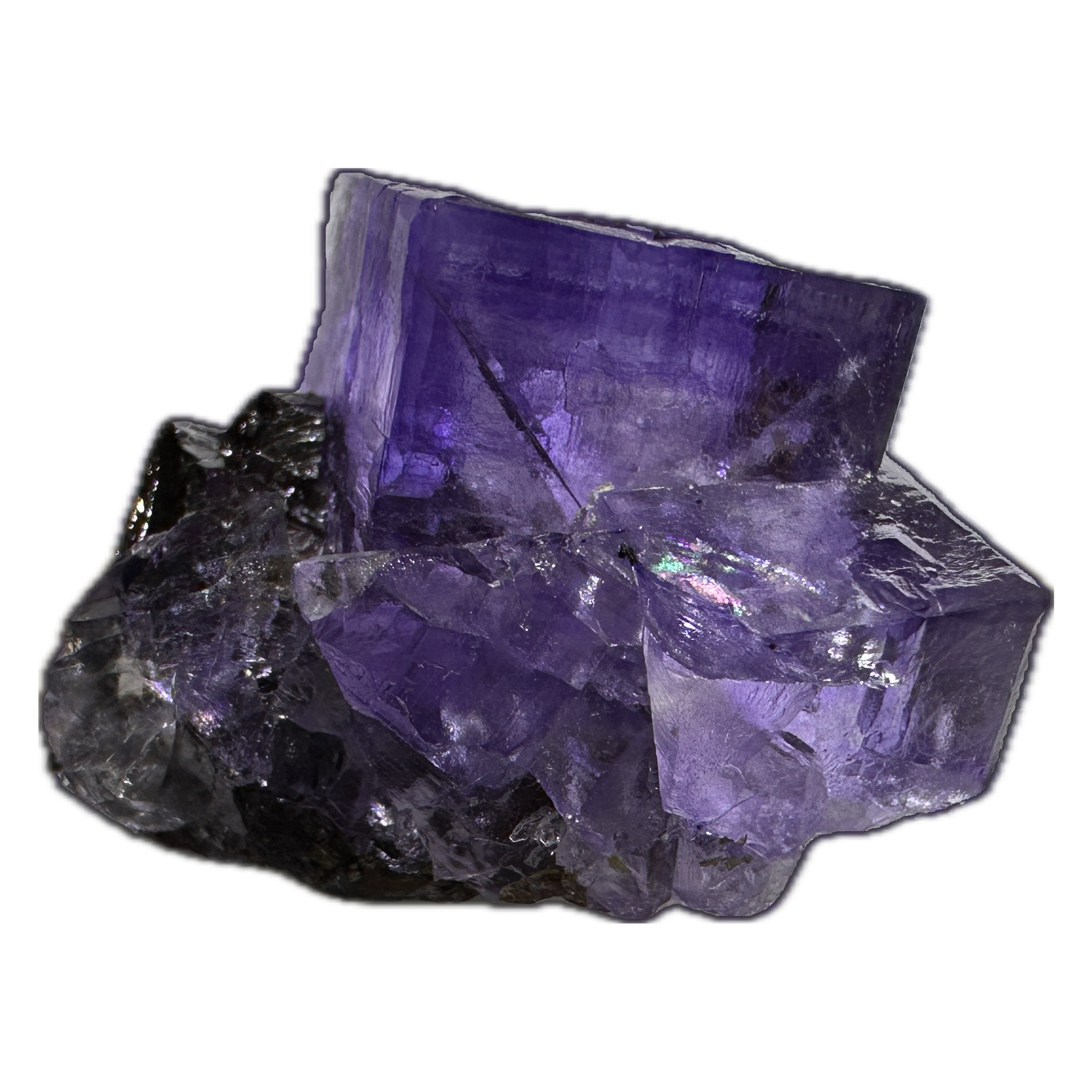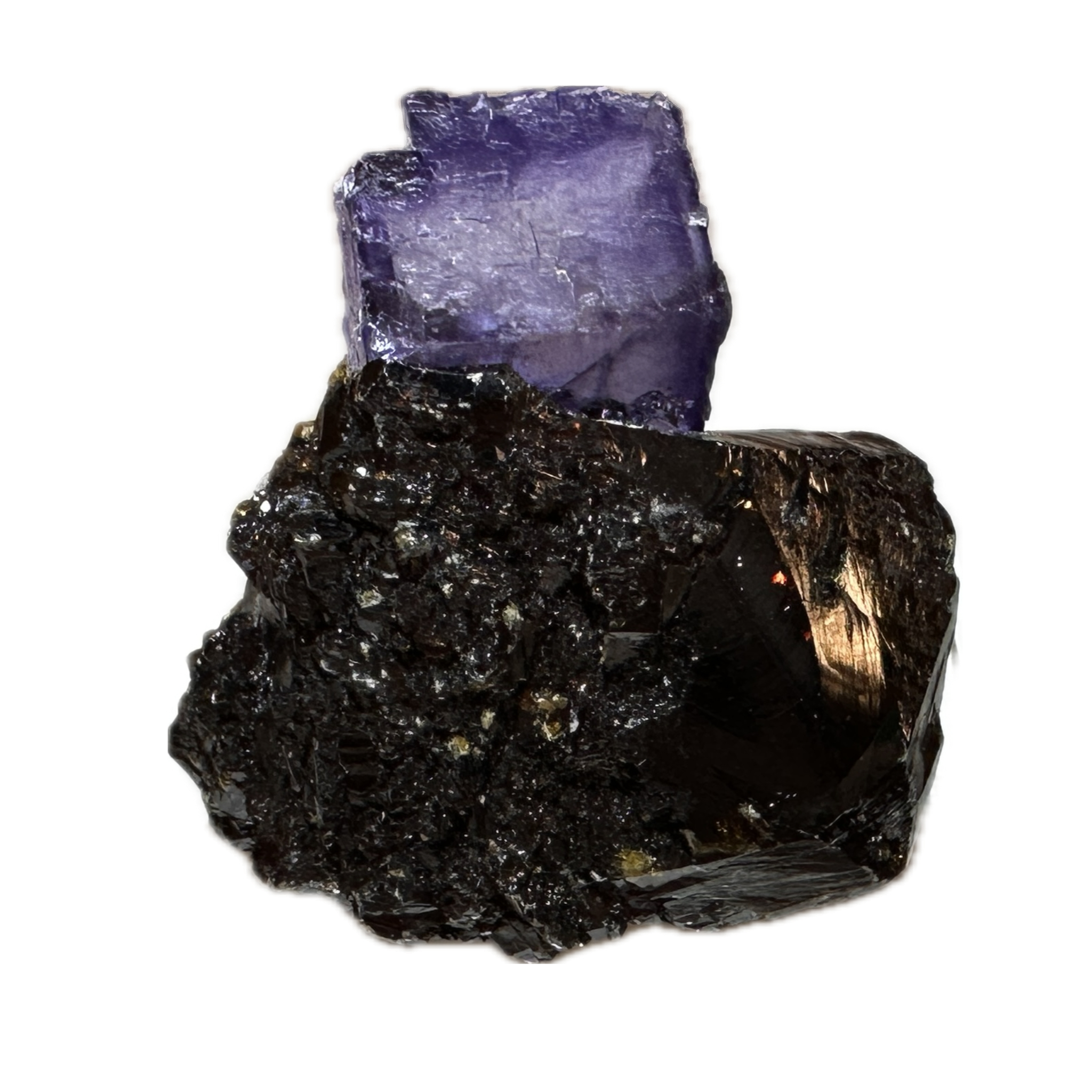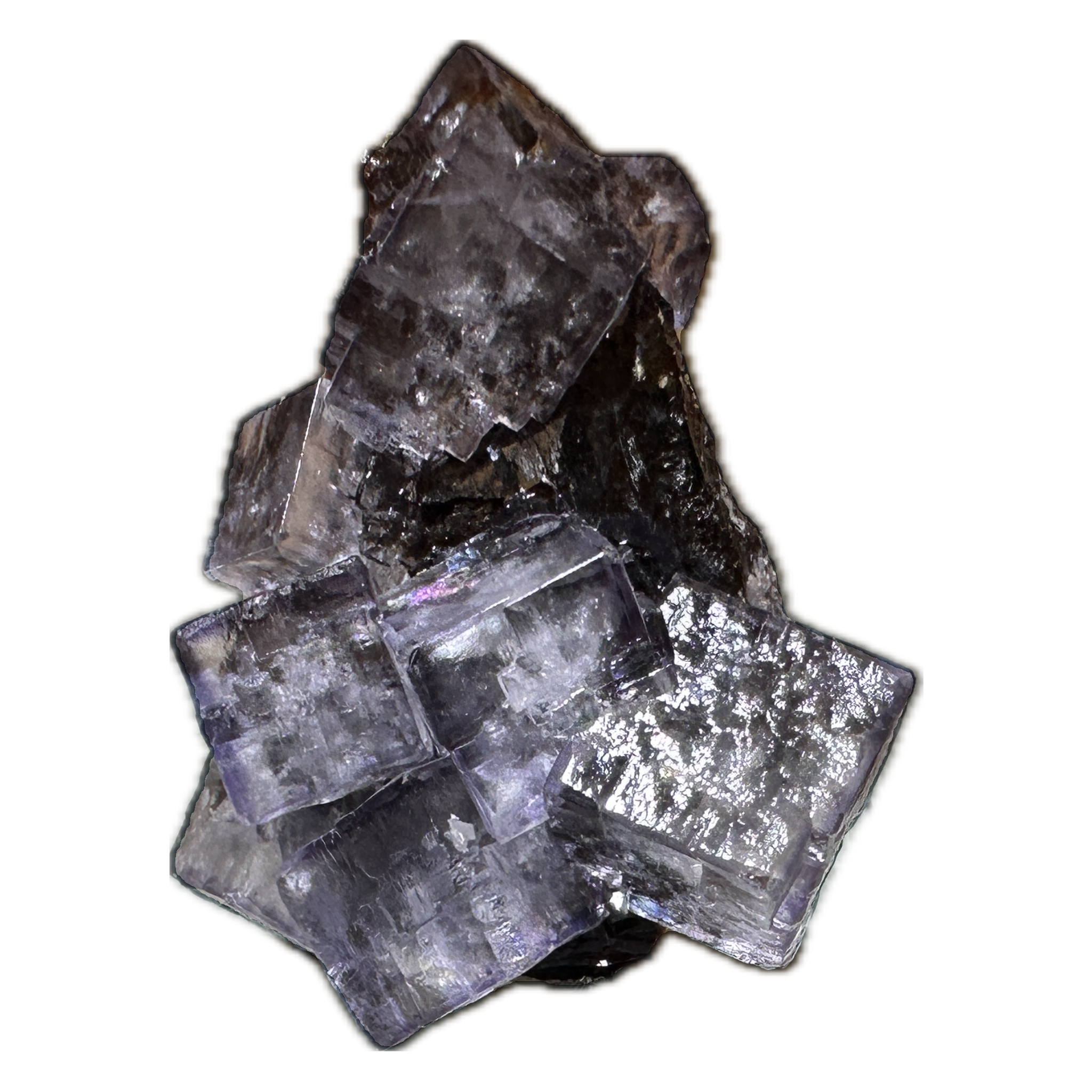Nestled in the heart of Middle Tennessee lies the Elmwood Mine, a world-renowned source of fluorite specimens coveted by collectors and enthusiasts alike. Fluorite, a gemstone prized for its vibrant colors and diverse crystal formations, has been extracted from the Elmwood Mine for decades, contributing to the rich tapestry of Earth’s geological heritage. In this exploration, we delve into the history, geology, characteristics, and significance of fluorite from the Elmwood Mine, shedding light on its enduring allure and cultural importance.
History and Discovery
The story of fluorite mining at the Elmwood Mine dates back to the mid-20th century when mineral prospectors first recognized the area’s potential for mineral deposits. In 1969, exploration efforts led to the discovery of substantial fluorite deposits, sparking a boom in mining activity that would continue for decades to come.
The Elmwood Mine quickly gained recognition as one of the premier fluorite-producing mines in the world, renowned for its exceptional quality and abundance of specimens. Over the years, the mine has yielded a diverse array of fluorite crystals, ranging in color from vivid purples and greens to deep blues and yellows, captivating collectors and researchers with their beauty and diversity.
Geological Formation
The geological formation of fluorite at the Elmwood Mine is a testament to the complex interplay of geological processes that shape Earth’s crust. The mine is situated within the Central Tennessee Zinc District, a region characterized by its rich concentration of zinc, lead, and fluorite deposits.
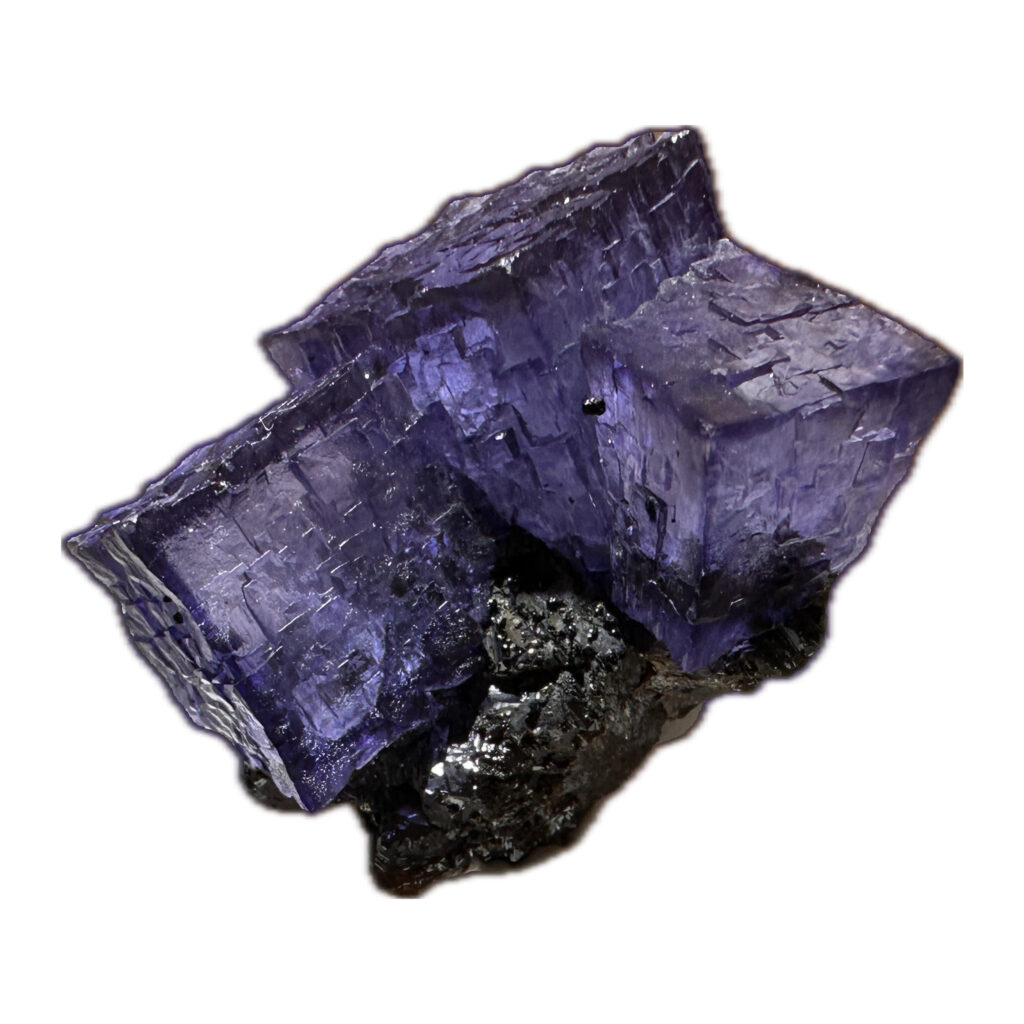
Fluorite crystals at the Elmwood Mine primarily occur within limestone and dolomite formations, which served as host rocks for mineralization processes. The formation of fluorite deposits is believed to have occurred during the late Paleozoic Era, approximately 300 million years ago, when hydrothermal fluids enriched with fluorine and other minerals ascended from deep within the Earth’s crust.
As these mineral-rich fluids migrated through fractures and faults within the limestone and dolomite formations, they precipitated out, forming veins and pockets of fluorite crystals. Over time, the crystallization process gave rise to the diverse array of fluorite specimens found within the mine, each exhibiting unique colors, crystal habits, and internal structures.
Characteristics of Elmwood Fluorite
Fluorite specimens from the Elmwood Mine are renowned for their exceptional clarity, vibrant colors, and distinctive crystal formations. While fluorite crystals can occur in a variety of colors, including purple, green, blue, yellow, and colorless, specimens from Elmwood are particularly prized for their rich hues and intense saturation.
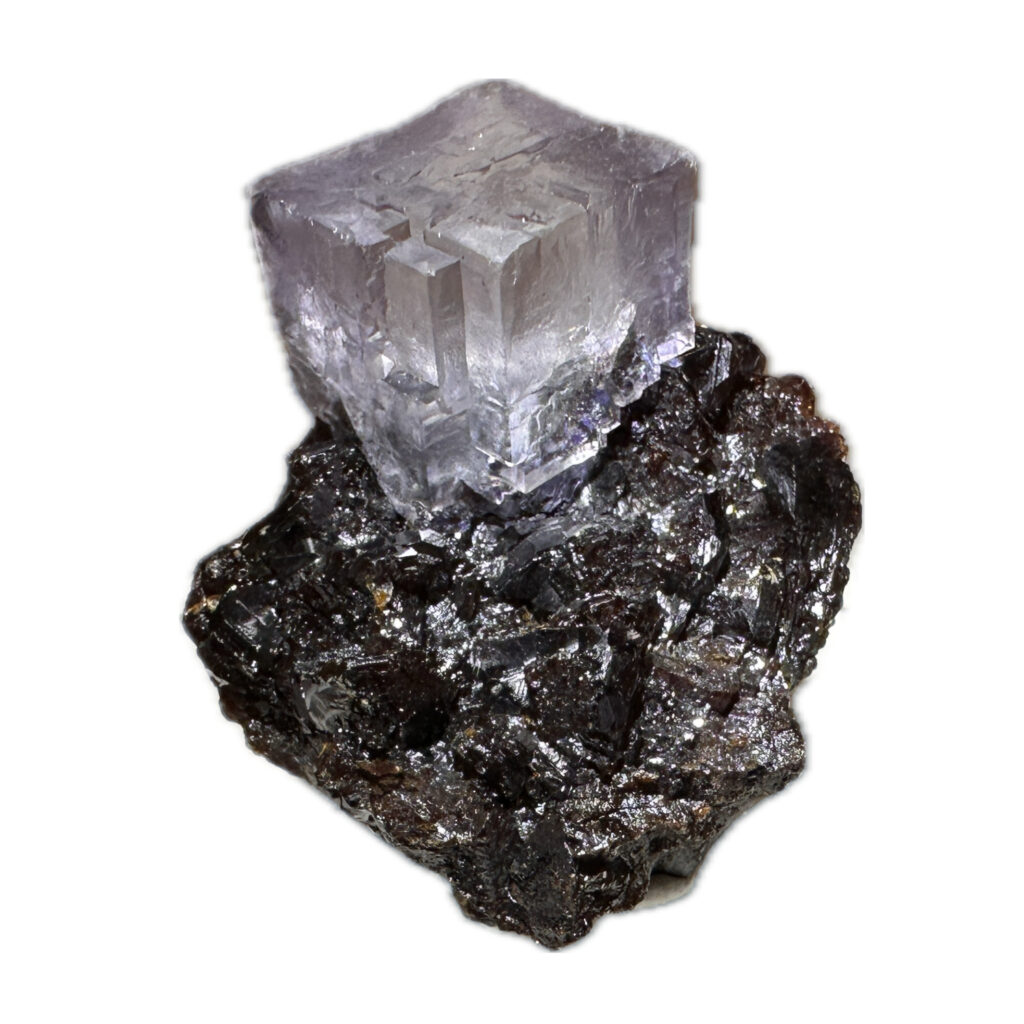
One of the defining characteristics of Elmwood fluorite is its transparency, which allows light to pass through the crystals, creating a mesmerizing display of color and brilliance. This optical property, known as diaphaneity, enhances the aesthetic appeal of Elmwood fluorite specimens, making them highly sought after by collectors and lapidaries.
In addition to their vibrant colors, Elmwood fluorite crystals often exhibit complex crystal habits and internal structures, adding to their visual intrigue. Common crystal forms include cubic, octahedral, and dodecahedral shapes, with some specimens displaying intricate zoning patterns and internal phantoms caused by variations in mineral composition and growth conditions.
Significance and Uses
Fluorite from the Elmwood Mine holds significant cultural, scientific, and economic value, contributing to various industries and disciplines.
Culturally, Elmwood fluorite specimens are prized as collectible gemstones and decorative objects, admired for their beauty and rarity. Collectors and enthusiasts worldwide seek out Elmwood fluorite crystals to add to their mineral collections, drawn to their exquisite colors, crystal formations, and historical significance.
Scientifically, Elmwood fluorite has played a crucial role in advancing our understanding of mineralogy, geology, and ore deposit formation. Researchers study the mineral composition, crystal structure, and formation processes of Elmwood fluorite specimens to gain insights into Earth’s geological history and the mechanisms underlying mineralization processes.
Economically, fluorite from the Elmwood Mine has contributed to the local economy through mining operations, employment opportunities, and mineral sales. The mining industry surrounding Elmwood has provided jobs for generations of workers, supporting livelihoods and fostering economic growth in the region.
Furthermore, fluorite has industrial applications in various sectors, including metallurgy, ceramics, optics, and pharmaceuticals. Its properties as a fluxing agent, optical material, and source of fluorine make it indispensable in the production of steel, aluminum, glass, and other industrial products.
Preservation and Conservation
As with all natural resources, responsible stewardship and conservation efforts are essential for preserving the integrity and sustainability of fluorite deposits at the Elmwood Mine. Mining activities must be conducted in accordance with environmental regulations and best practices to minimize ecological impacts and protect sensitive habitats.
Additionally, efforts should be made to promote responsible collecting practices among mineral enthusiasts and collectors to ensure the long-term sustainability of fluorite specimens from Elmwood. This includes obtaining proper permits, respecting private property rights, and adhering to ethical guidelines for specimen extraction and handling.
Prehistoric 101 (Learn about fossils, minerals, and meteorites)
What is a Mineral?
Fluorite: Learn More

